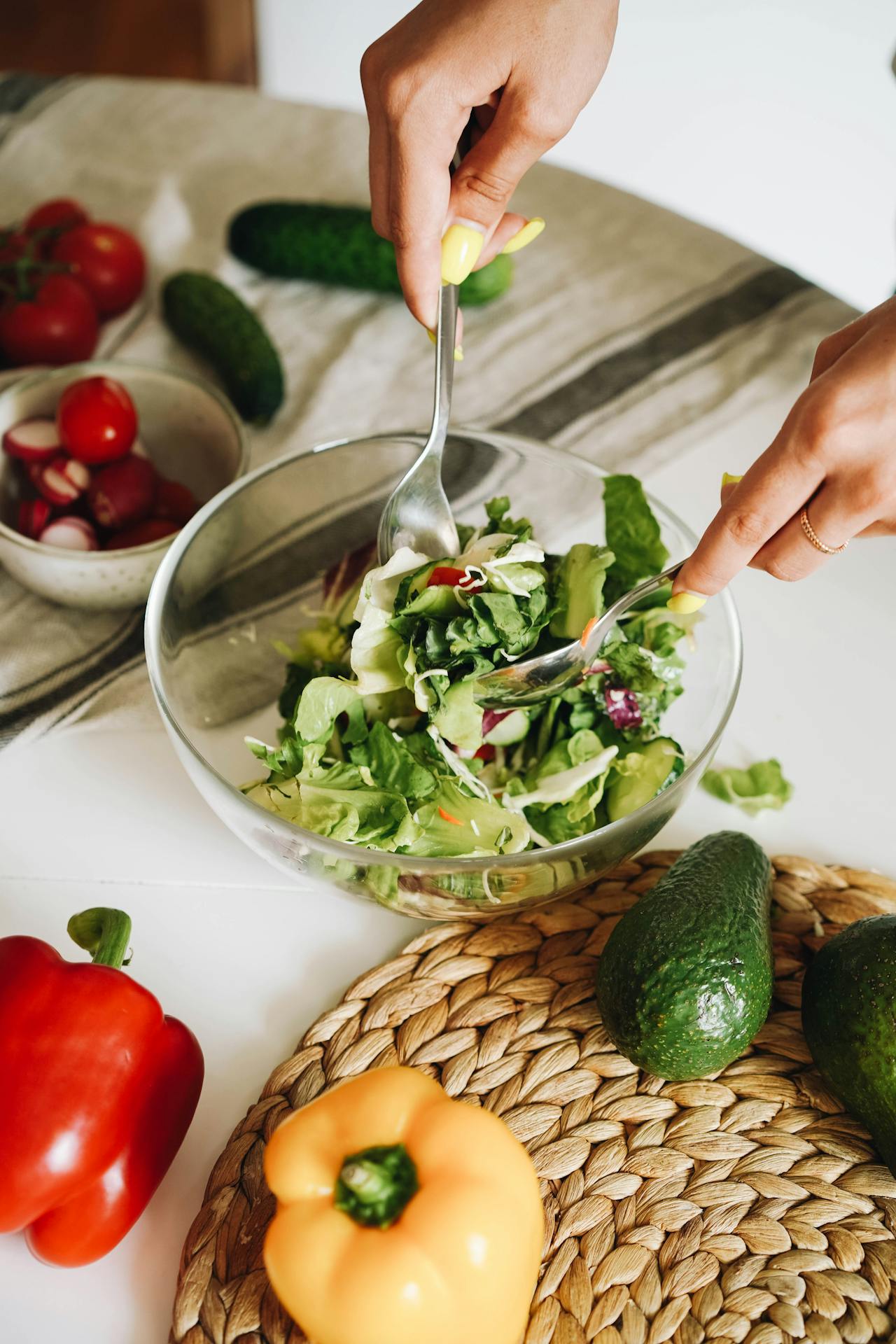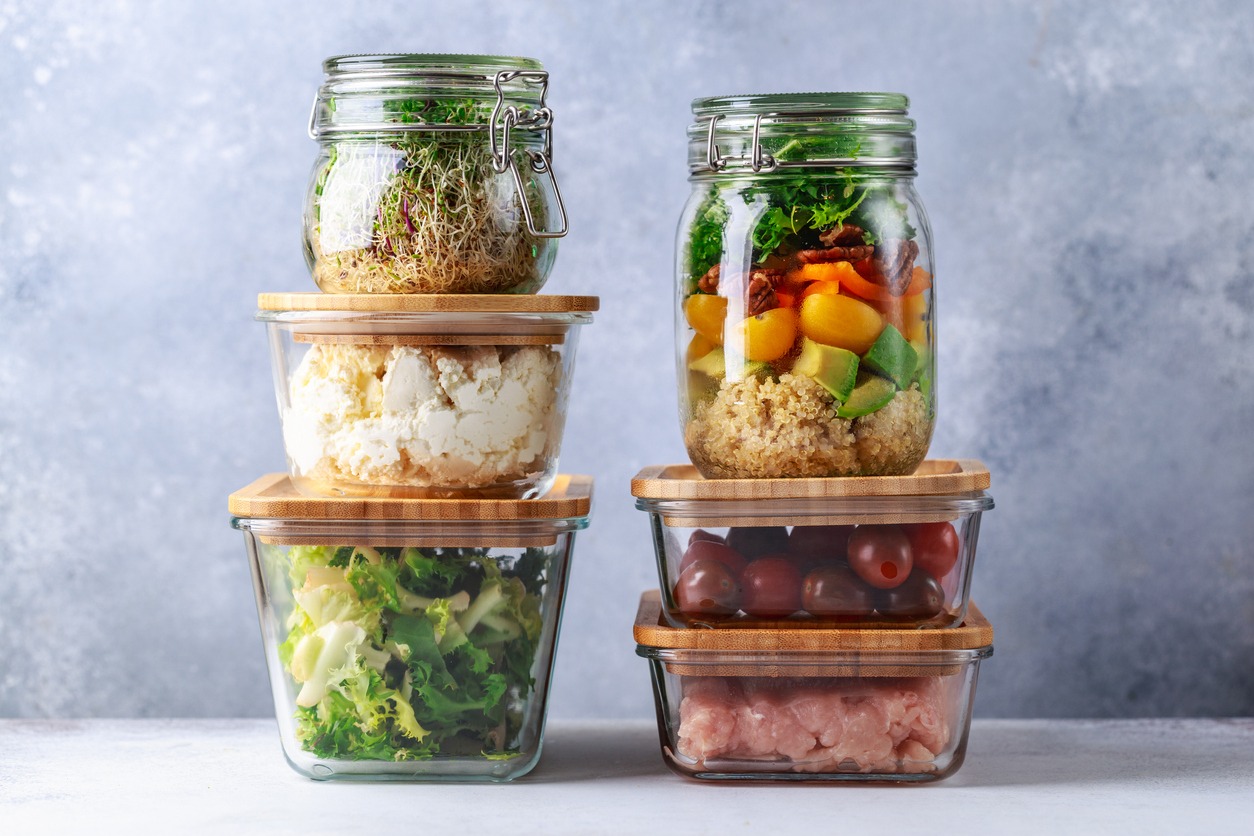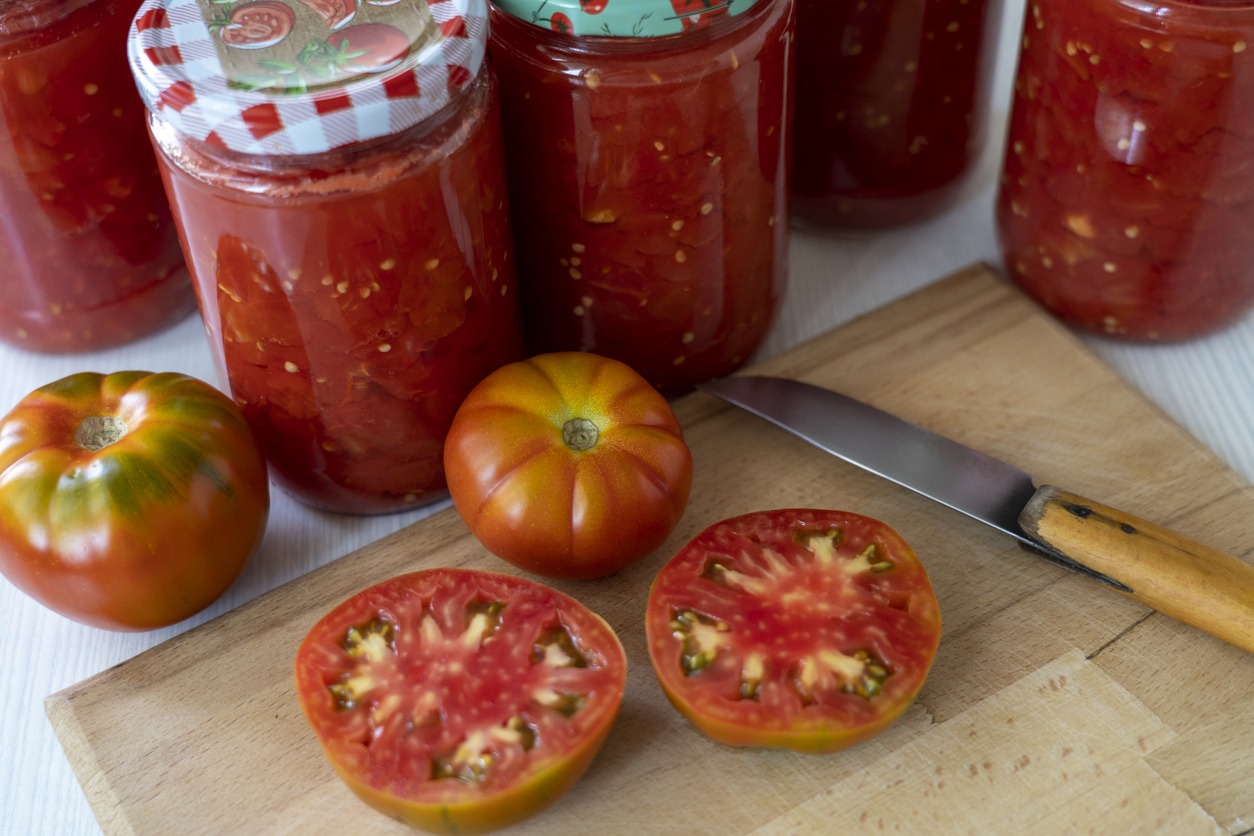5 Ways to Incorporate Clean Cooking Into Your Homestead Kitchen
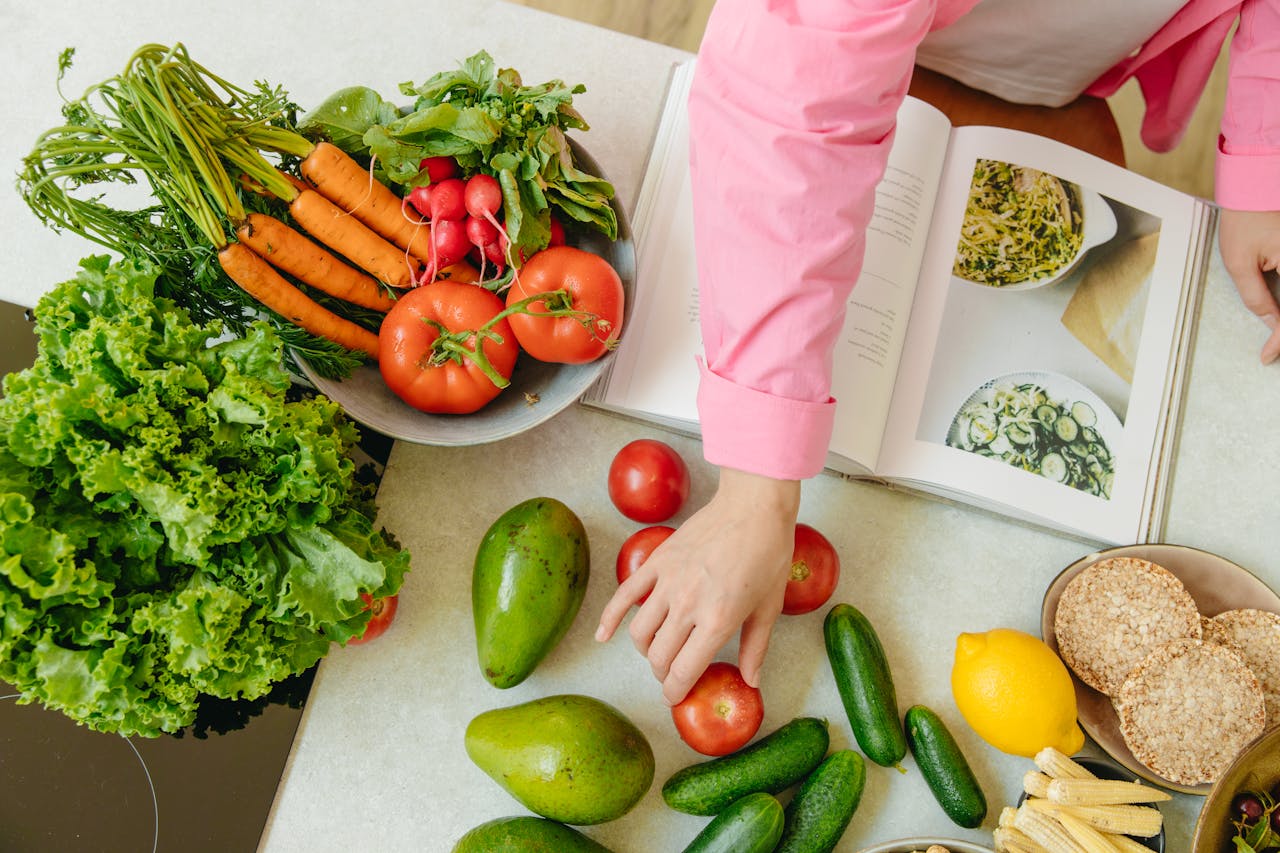
In the heart of every homestead lies the kitchen—a space for nourishment, sustainability, and creativity. Incorporating clean cooking practices into your homestead kitchen is about more than just preparing meals – it’s about embracing a lifestyle that benefits both the environment and your family’s health. Clean cooking minimizes waste, conserves energy, and focuses on wholesome, natural ingredients, ensuring your kitchen becomes a hub of sustainability and efficiency.
Here are five practical ways to incorporate clean cooking into your homestead kitchen, transforming your cooking habits and enhancing your way of life.
1. Choose Sustainable Cooking Tools
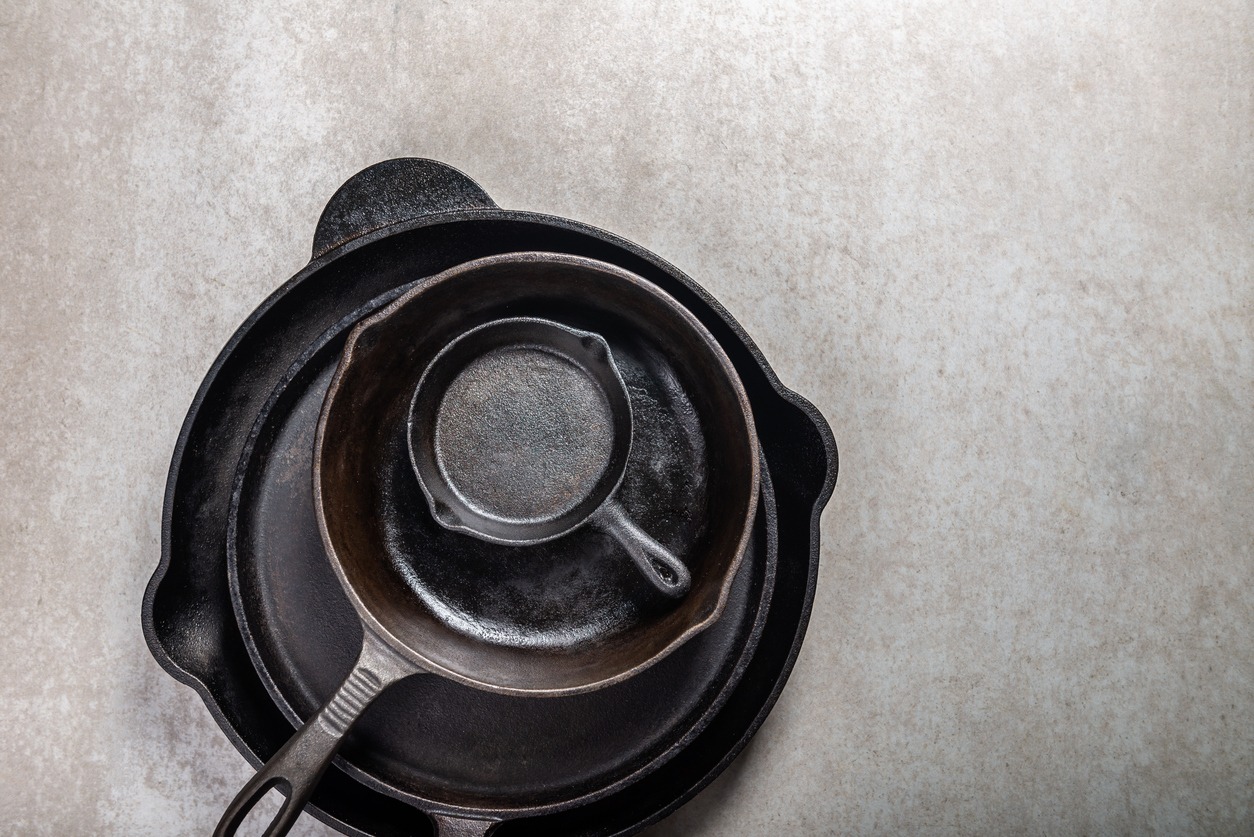
The tools you use in your kitchen play an important role in clean cooking. By choosing durable, energy-efficient, and eco-friendly equipment, you can reduce waste and energy consumption while enhancing your cooking experience.
- Invest in Durable Cookware Start with timeless essentials like cast iron skillets, Dutch ovens, and stainless steel pots. These items last for decades, reducing the need for frequent replacements. Cast iron cookware, in particular, offers versatility, as it can be used on stovetops, in ovens, and even over open flames. Moreover, cooking in cast iron can even enhance the nutritional value of your meals by adding a small amount of iron to your food.
- Opt for Energy-Efficient Appliances Energy-efficient appliances like induction cooktops and convection ovens consume less power without compromising performance. Small appliances like pressure cookers or Instant Pots also save time and energy, making meal preparation faster and more sustainable. Solar-powered cookers are another option to consider for outdoor cooking, especially if you live in a sunny region.
- Choose Sustainable Kitchen Tools Replace plastic utensils and cutting boards with sustainable alternatives like bamboo or wood. Not only are these materials renewable, but they also add a rustic charm to your homestead kitchen. Additionally, using glass or stainless steel storage containers instead of plastic ones ensures durability and reduces chemical leaching into your food.
- Reduce Single-Use Items Eliminate single-use items like plastic wraps and foil by switching to reusable options like beeswax wraps and silicone storage bags. These small changes significantly reduce your kitchen waste over time. For baking, consider reusable silicone baking mats instead of parchment paper.
Actionable Tip: Look for second-hand or refurbished appliances and cookware. It’s an eco-friendly way to equip your kitchen without increasing demand for new products.
2. Optimize Food Preservation Methods
A core element of homesteading is preserving the bounty of your garden or local market. Effective food preservation methods reduce waste, ensure a year-round supply of fresh ingredients, and align perfectly with clean cooking principles.
- Dehydration and Canning Use solar dehydrators or low-temperature ovens to dry fruits, vegetables, and herbs. Dehydration preserves nutrients and extends shelf life, making it ideal for seasonal produce. For more robust preservation, invest in water baths or pressure canners. These tools allow you to safely store everything from high-acid foods like jams and pickles to low-acid items like soups and stews.
- Freezing Fresh Produce Preserve excess harvest by freezing herbs, sliced vegetables, and even pre-prepared meals. Use reusable, airtight containers or vacuum-sealed bags to lock in freshness and prevent freezer burn. When freezing liquids like soups or sauces, use stackable silicone molds to save freezer space.
- Fermentation for Flavor and Nutrition Fermentation is an excellent preservation technique that also enhances nutrition. Create probiotic-rich foods like sauerkraut, kimchi, and yogurt to diversify your meals while supporting gut health. Fermented foods are also highly customizable, allowing you to experiment with different flavors and ingredients.
- Build a Root Cellar If space allows, consider creating a root cellar to store root vegetables, apples, and canned goods in a cool, dark environment. This age-old preservation method is highly effective for long-term storage.
Actionable Tip: Label preserved foods with dates and contents to keep track of their freshness and avoid unnecessary waste.
3. Embrace Whole-Food Meal Planning
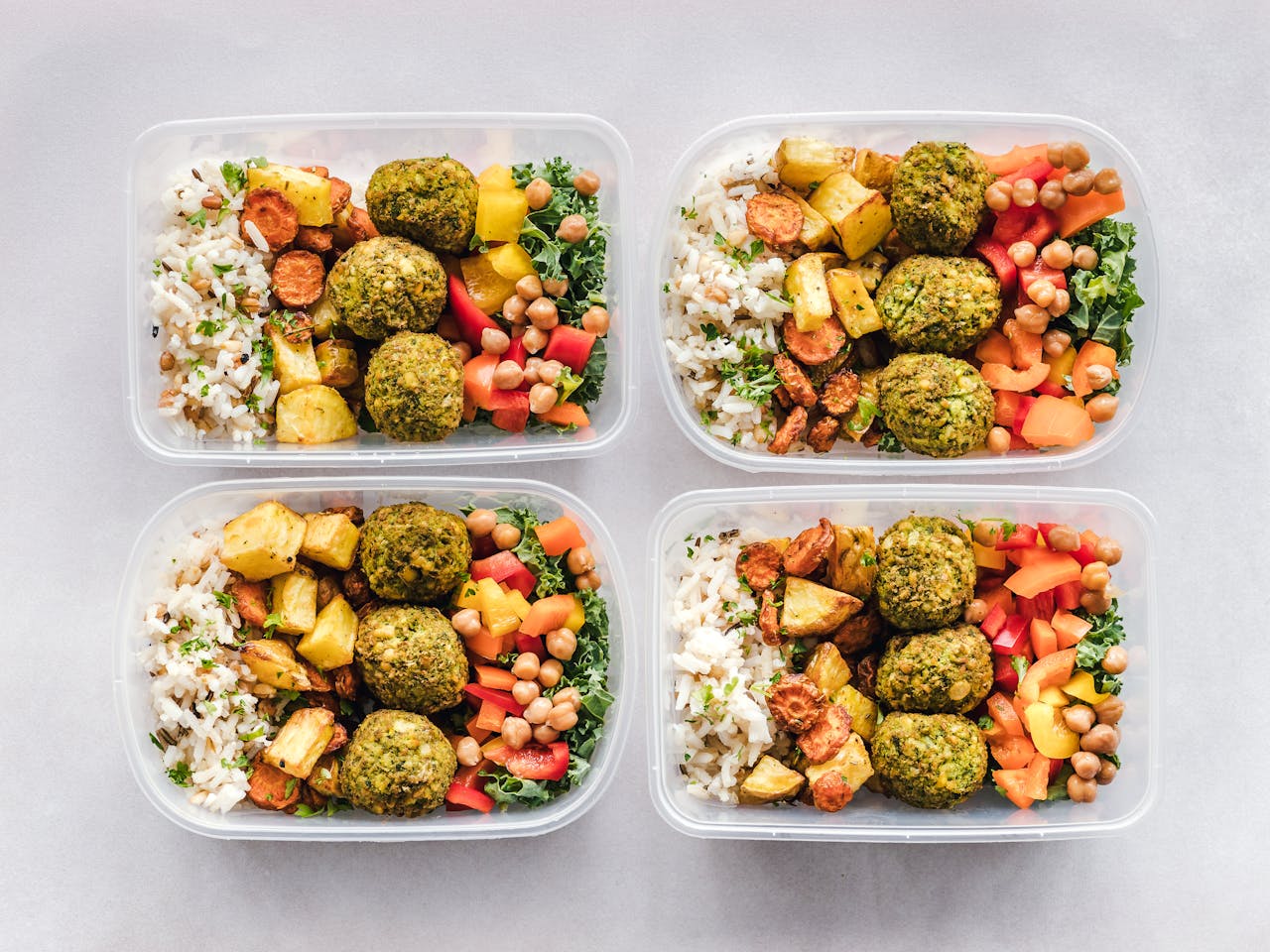
Clean cooking thrives on whole foods—ingredients that are fresh, minimally processed, and nutrient-dense. Meal planning around these principles ensures that your kitchen operates efficiently while providing balanced, flavorful meals for your family.
- Use Seasonal and Local Ingredients Center your meal planning around the produce from your garden or local farmers’ market. Seasonal ingredients are fresher, tastier, and more sustainable than out-of-season options that require extensive transportation and storage. For example, a summer meal plan might include zucchini, tomatoes, and cucumbers, while a winter plan could focus on root vegetables, preserved items, and grains.
- Adopt a Weekly Meal Planning Routine Create a weekly menu that highlights whole foods. Plan meals that incorporate grains, plant-based proteins, and vibrant vegetables. Batch-preparing meals or pre-chopping ingredients can save time and reduce stress during busy weeks. Store prepped ingredients in labeled containers to streamline cooking.
- Limit Processed Ingredients Avoid refined sugars, unhealthy fats, and artificial additives. Instead, use natural sweeteners like honey or maple syrup and healthy fats like olive oil or avocado. Experiment with homemade alternatives to store-bought items, like sauces, dressings, and bread.
- Cook in Bulk Preparing meals in bulk reduces energy use and provides ready-to-eat meals for busy days. Soups, stews, and casseroles are excellent candidates for batch cooking.
Actionable Tip: Keep a recipe journal that prioritizes meals made with homegrown or locally sourced ingredients. This makes it easier to rotate dishes and experiment with what’s in season.
4. Implement Eco-Friendly Cleanup Practices
The way you clean up in your kitchen is as important as how you cook. Eco-friendly cleanup practices reduce waste, conserve water, and minimize chemical pollution, completing the cycle of sustainable cooking.
- Switch to Reusable Cleaning Supplies Ditch disposable sponges and paper towels in favor of reusable dishcloths, bamboo scrubbers, and washable towels. This simple swap significantly cuts down on kitchen waste. Cloth napkins can also replace single-use paper napkins for a more sustainable dining experience.
- Use Natural Cleaning Products Replace chemical-laden cleaners with natural alternatives like vinegar, baking soda, and citrus peels. These biodegradable solutions are just as effective and safer for your family and the environment. Homemade cleaners can also save money and reduce packaging waste.
- Compost Food Scraps Instead of throwing away food scraps, create a compost bin. Composting turns organic waste into nutrient-rich soil for your garden, closing the loop on sustainability. Even small homesteads can benefit from a countertop compost bin or worm composting system.
- Conserve Water Install a low-flow faucet aerator to reduce water usage, and use gray water (where permitted) for non-edible plants. When washing dishes, avoid letting the tap run continuously.
Actionable Tip: Keep a separate bin for recyclable packaging and educate your family on proper sorting to ensure maximum waste reduction.
5. Cultivate an On-Site Herb Garden
Fresh herbs are the cornerstone of clean cooking, elevating the flavor of your meals while reducing the need for store-bought, often packaged alternatives. An on-site herb garden offers a sustainable and rewarding way to maintain a steady supply.
- Grow Culinary Staples Common herbs like basil, rosemary, thyme, and oregano are versatile and easy to grow. Their vibrant flavors enhance everything from soups to sauces.
- Incorporate Perennials for Year-Round Harvests Perennial herbs such as mint, chives, and lavender require little maintenance and offer continuous harvests. These are excellent additions to any homestead garden.
- Preserve Herbs for Later Use Dry or freeze herbs to maintain their potency. Hang bundles in a cool, dark space to air-dry, or freeze chopped herbs in olive oil for convenient cooking.
- Experiment with Less Common Herbs Try growing unique herbs like lemon balm, tarragon, or nasturtium. These can add depth and creativity to your recipes while boosting the diversity of your garden.
Actionable Tip: Use vertical planters or window boxes to grow herbs if you’re short on outdoor space. This ensures you always have fresh herbs at your fingertips.
Conclusion
Clean cooking is about creating a homestead kitchen that aligns with your values of sustainability, health, and efficiency. By choosing durable tools, preserving food thoughtfully, planning whole-food meals, adopting eco-friendly cleanup practices, and cultivating a herb garden, you can transform your kitchen into a space that nourishes both your family and the environment.
Start small—swap a single-use item for a reusable one or plant a few herb seedlings in a pot. Over time, these small changes will build a lifestyle rooted in clean cooking, ensuring your homestead kitchen becomes a testament to thoughtful, sustainable living.


